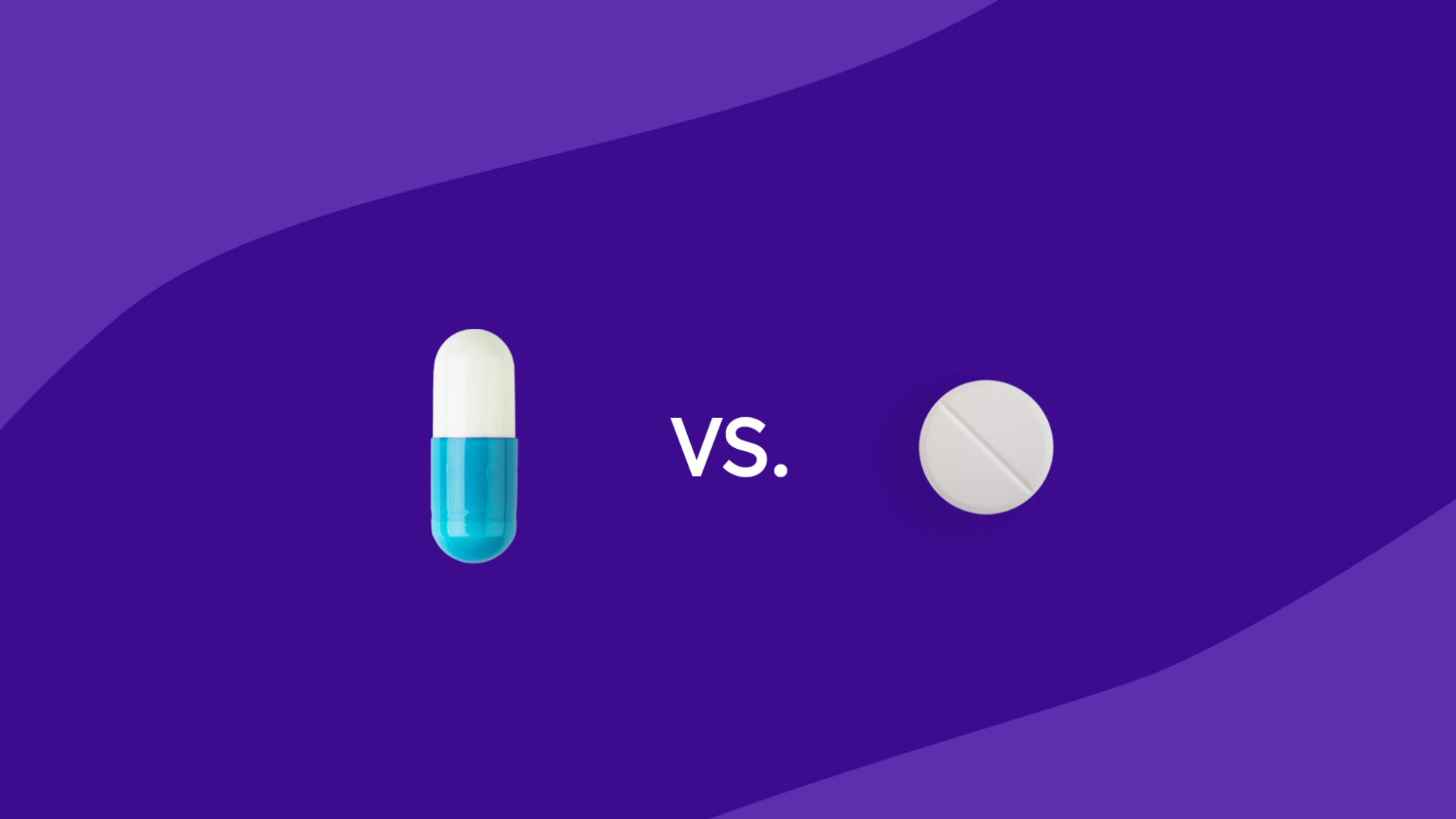Key takeaways
Hydroxyzine is a generic medication approved by the FDA to treat itchiness caused by allergic skin conditions and anxiety. It may also be used to put people to sleep before a procedure.
There are two versions of hydroxyzine: hydroxyzine hydrochloride and hydroxyzine pamoate.
The two versions of hydroxyzine have only slight differences. These include their composition and the dosage forms they’re available in.
Both forms of hydroxyzine work similarly in the body and are considered safe and effective medications. However, many medical professionals believe the hydrochloride version works best for itchiness, while the pamoate version is best for anxiety and sleep.
Hydroxyzine is a generic antihistamine approved by the U.S. Food and Drug Administration (FDA) for generalized anxiety disorder and itchiness (pruritus) due to allergic conditions. It may also be used as a premedication to help put you to sleep before a procedure. In contrast to most other antihistamines, hydroxyzine isn’t available over-the-counter (OTC) and can only be obtained with a prescription.
Hydroxyzine pamoate and hydroxyzine hydrochloride are the two available versions of hydroxyzine. They belong to the same drug family as Benadryl (diphenhydramine) and Zyrtec (cetirizine). While both versions are used for the same purposes, they vary in how they’re made and what forms they come in.
Comparing hydroxyzine pamoate vs hydroxyzine HCl
Hydroxyzine pamoate and hydroxyzine hydrochloride contain hydroxyzine and are used to treat the same conditions. They also cause similar adverse effects, like drowsiness, dry mouth, and blurred vision. Both affect histamine and serotonin in the body and have similar drug interactions. However, they differ slightly in their composition and their available forms.
Differences in composition
Hydroxyzine hydrochloride and hydroxyzine pamoate have different chemical structures. In the hydrochloride version, the active ingredient is paired with the hydrochloride salt. In the pamoate version, hydroxyzine is combined with pamoic acid. Despite these differences, both versions are rapidly absorbed in the digestive tract. They start working within 15 to 30 minutes, and the effects last around 4 to 6 hours. Seek medical advice from a trusted healthcare professional if serious side effects, such as irregular heartbeat, seizures, or allergic reactions occur. Common side effects may include sleepiness, headache, and a dry mouth. Hydroxyzine can slow down the body’s nervous system, causing central nervous system (CNS) depression. Combining it with other CNS depressants, such as benzodiazepines, increases the risk of serious side effects.
Dosage forms available
One main difference between the hydrochloride and pamoate versions of hydroxyzine is the dosage forms each is available in. Hydroxyzine hydrochloride is available as an intramuscular injection, oral syrup, and tablet, while hydroxyzine pamoate only comes as a capsule. The pamoate version is often referred to as its brand-name counterpart, Vistaril. Although many healthcare professionals still refer to the hydrochloride version as Atarax, the brand-name version was discontinued and is no longer available in the U.S.
Efficacy of hydroxyzine pamoate vs. HCl
The FDA has approved hydroxyzine pamoate and hydroxyzine hydrochloride to treat anxiety and tension, pruritus (itchiness) due to allergic skin conditions, and as sedatives. This means both medications are considered safe and effective for these uses. There is no evidence to support the use of one drug over the other for any of these conditions.
Nevertheless, some healthcare providers may prefer one version over the other. Many medical professionals believe Atarax, the hydrochloride version of hydroxyzine, is best for itching, while Vistaril, the pamoate version, is best for anxiety or sedation. This belief is commonly spread among the medical community and appears to be based on tradition.
The bottom line
Hydroxyzine pamoate and hydroxyzine hydrochloride contain the same active ingredient, hydroxyzine. However, they differ slightly in their composition and formulations. Both versions work similarly in the body and are used for the same conditions.
- Atarax is for itch and Vistaril is for anxiety, Pharmacist’s Letter
- FDA orange book, Food and Drug Administration
- Hydroxyzine hydrochloride prescribing information, Food and Drug Administration (2023)
- Hydroxyzine pamoate prescribing information, Food and Drug Administration (2024)




